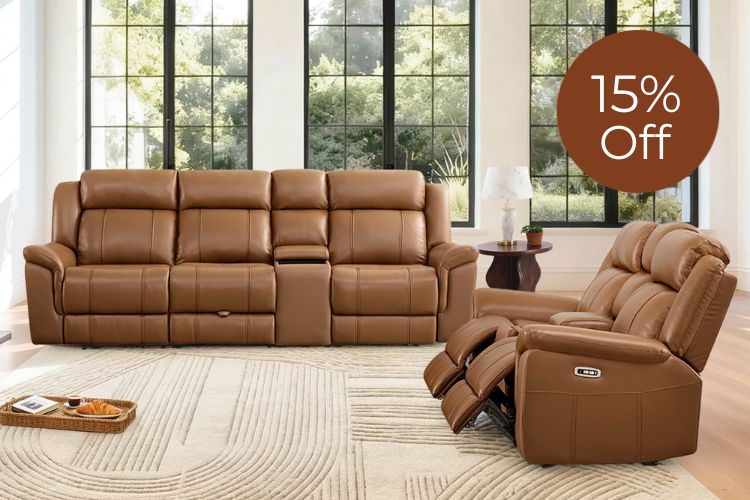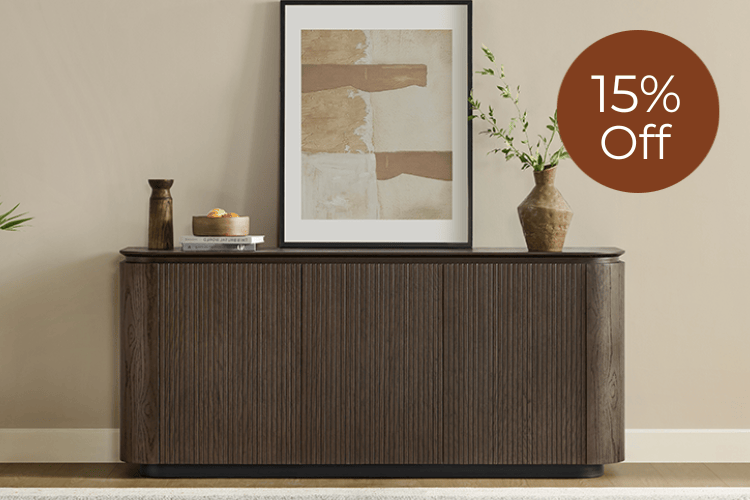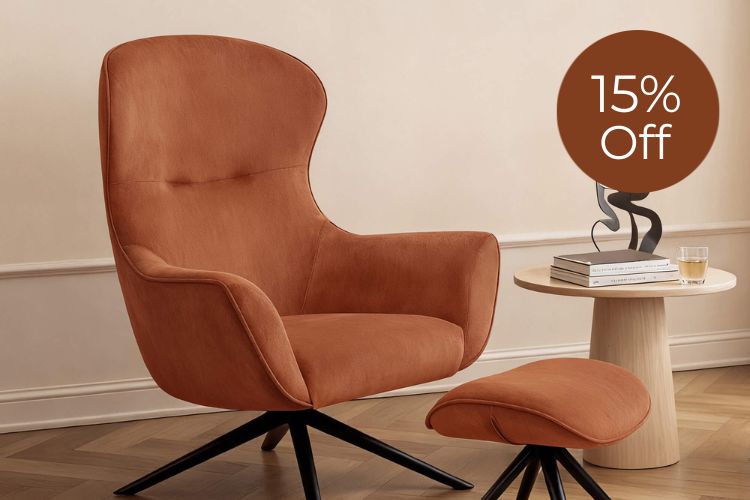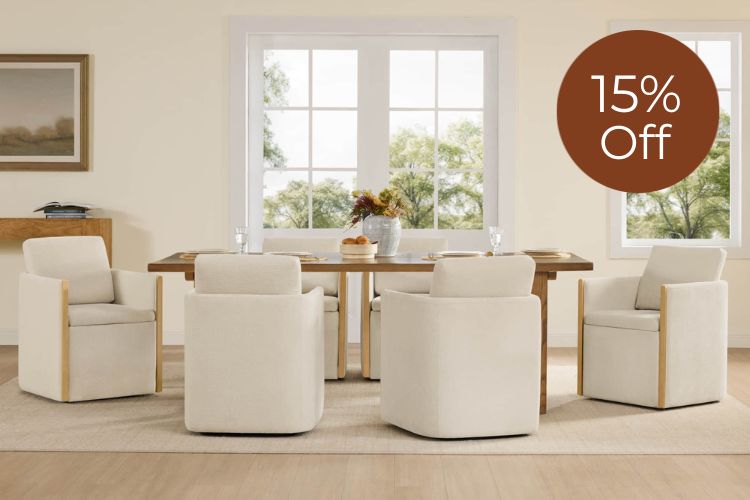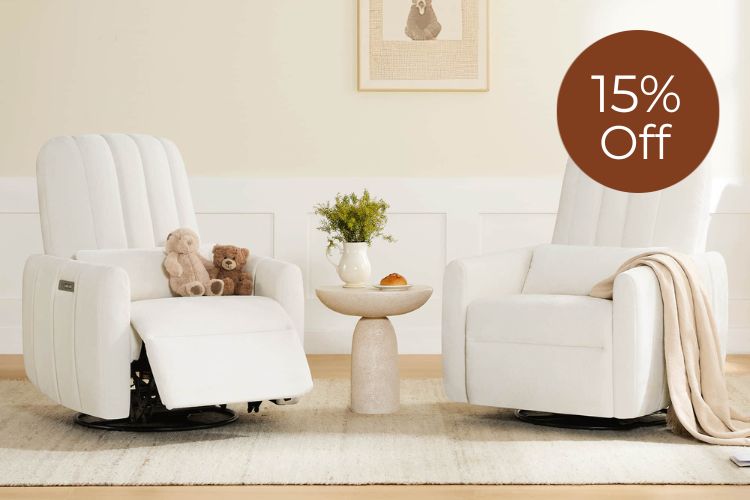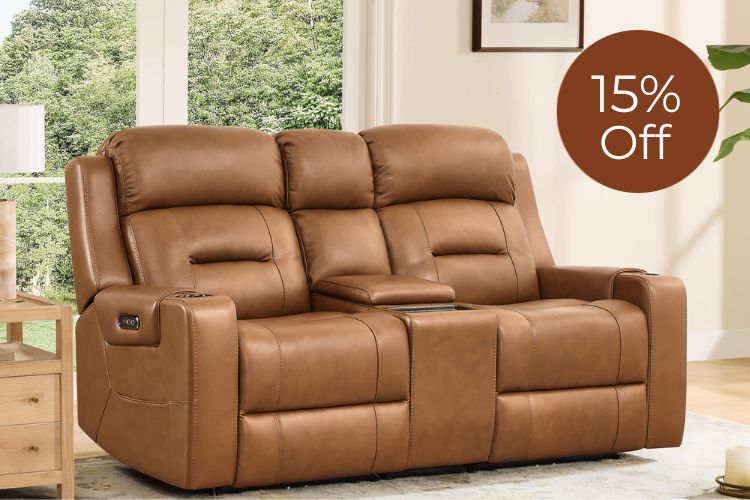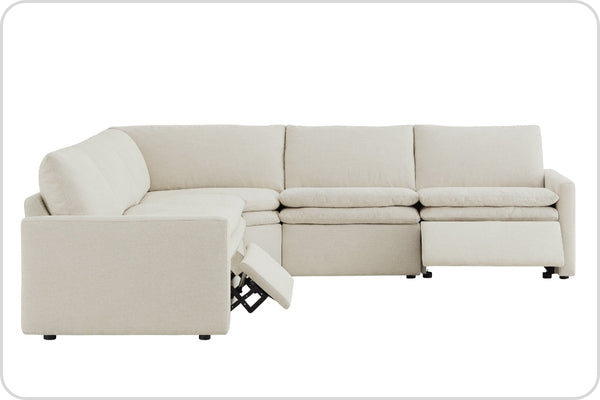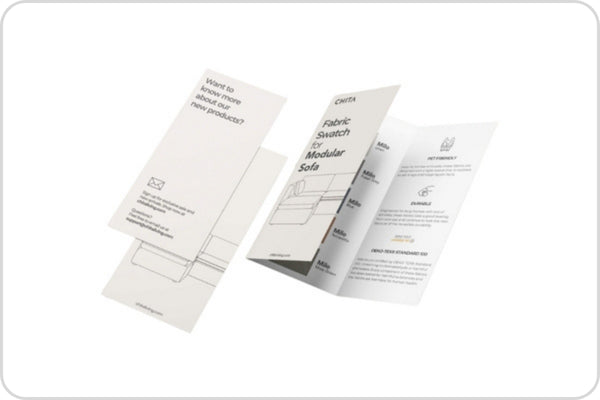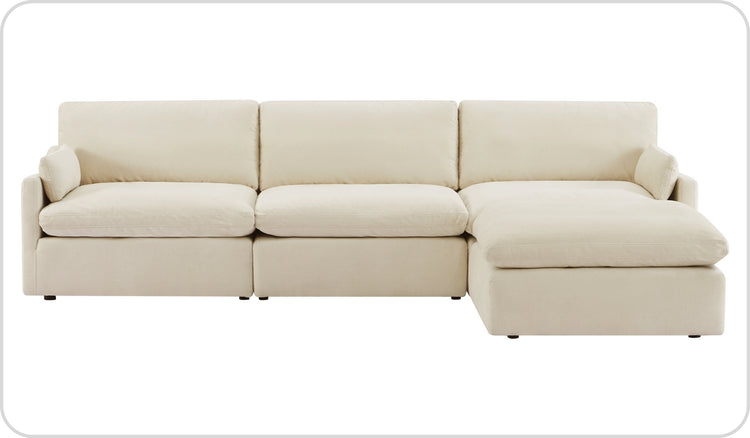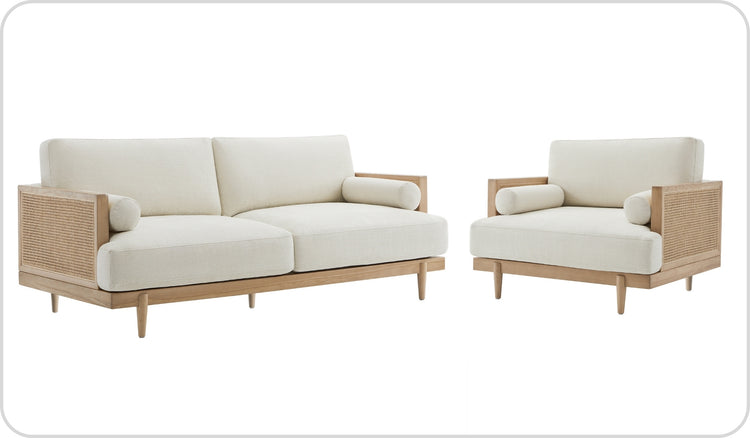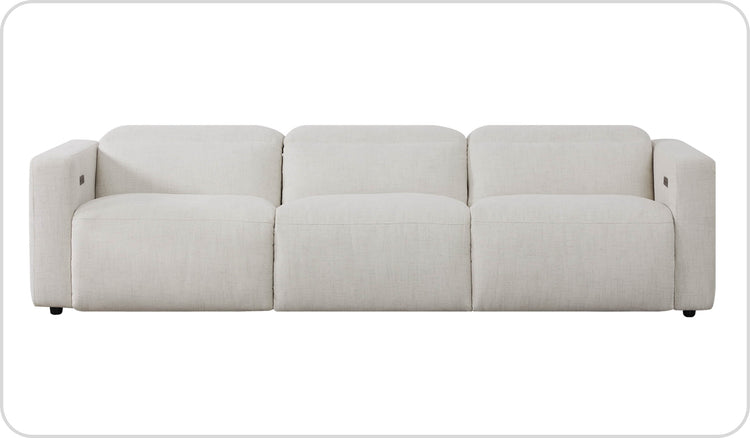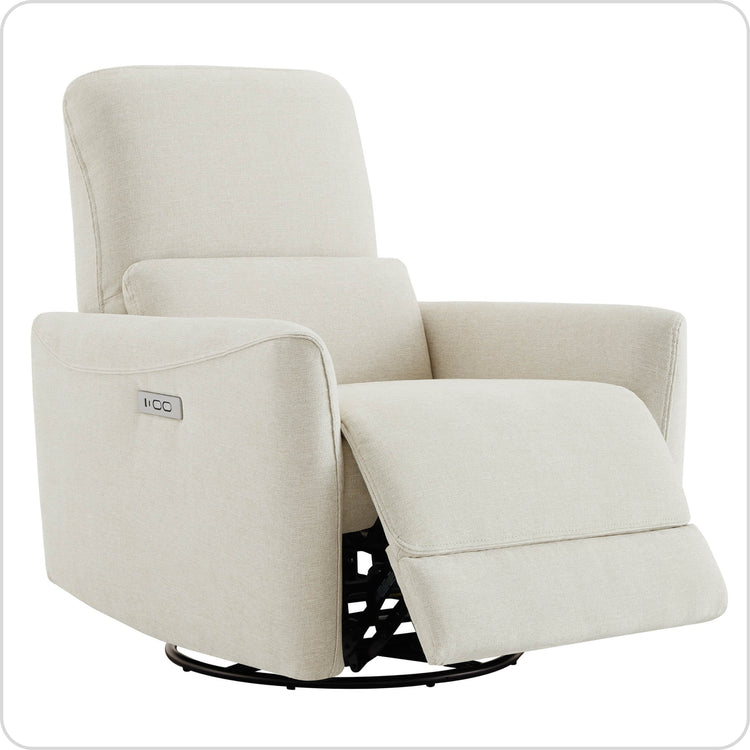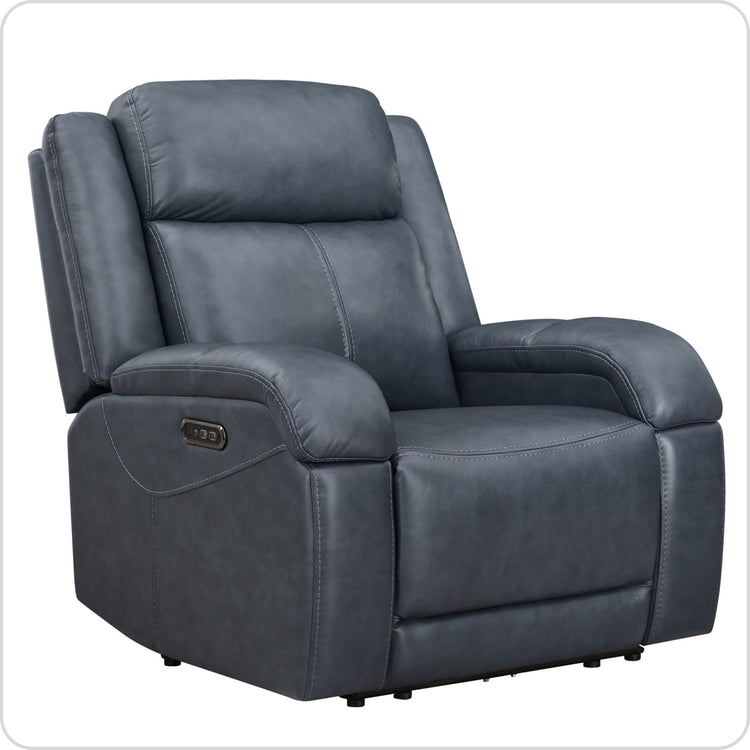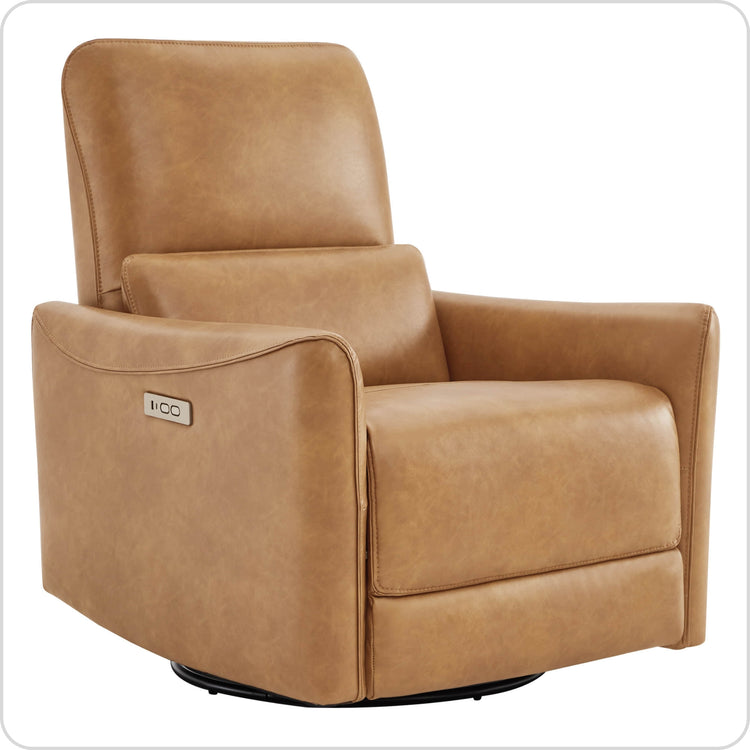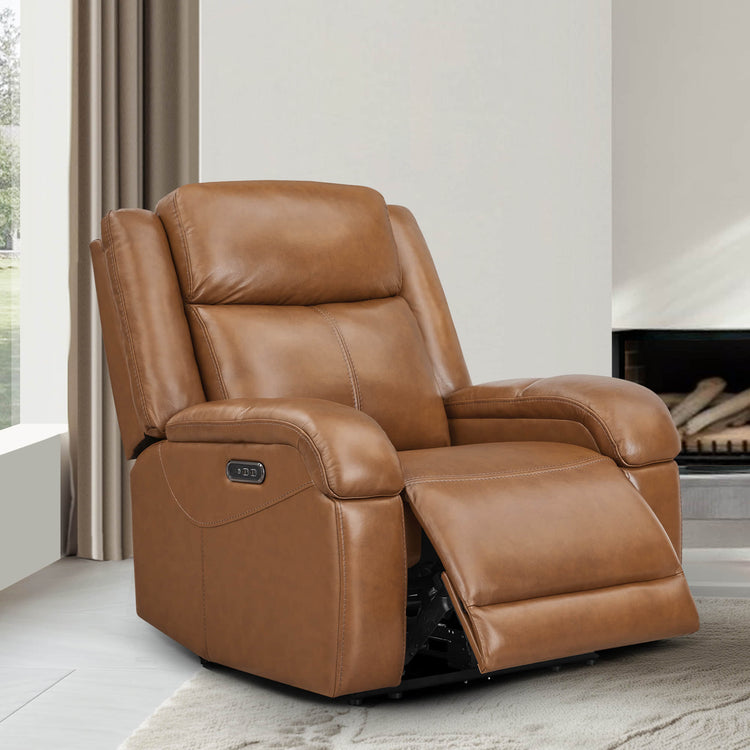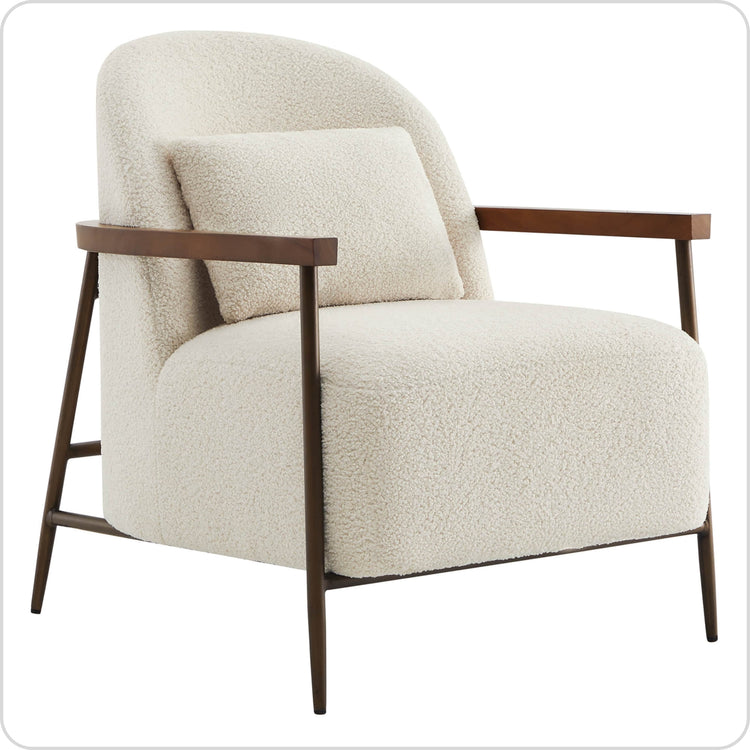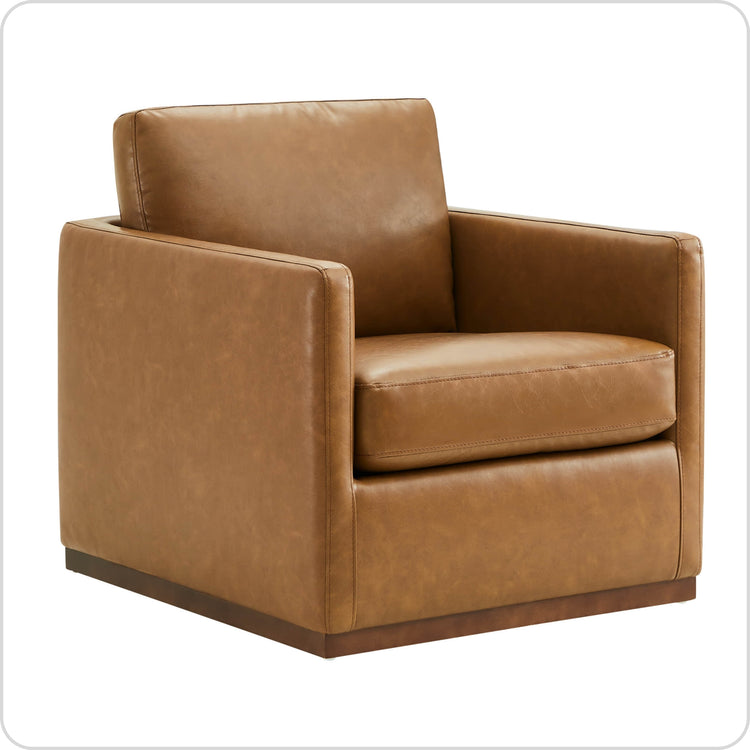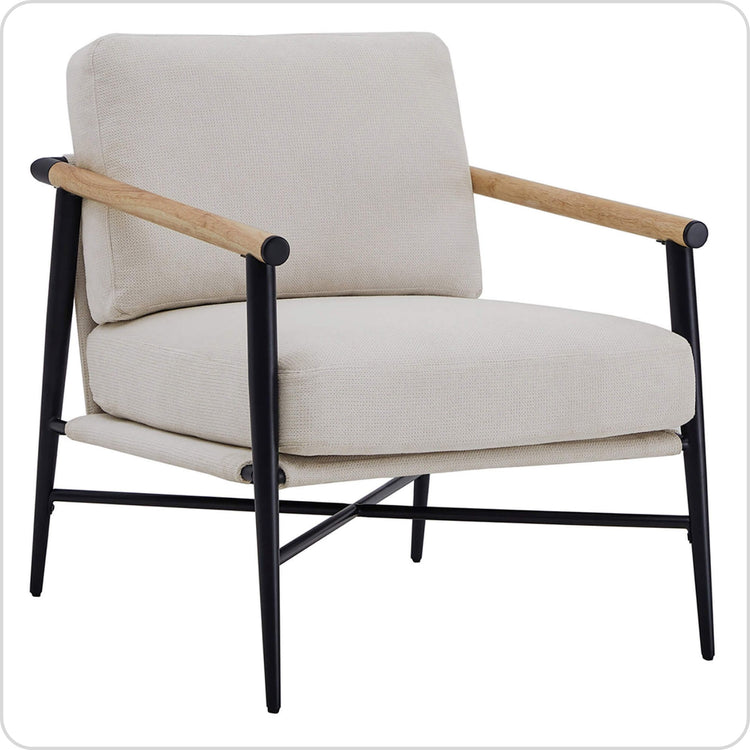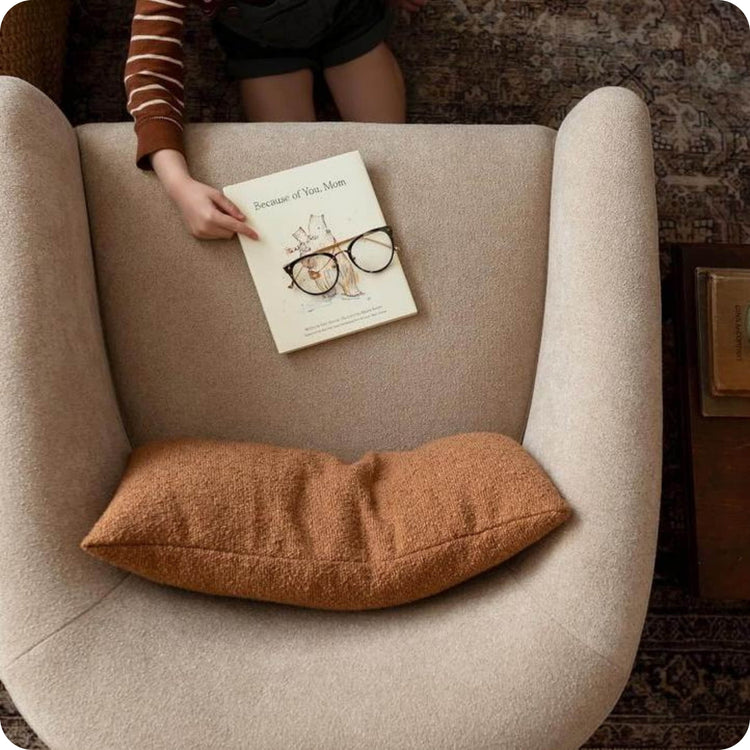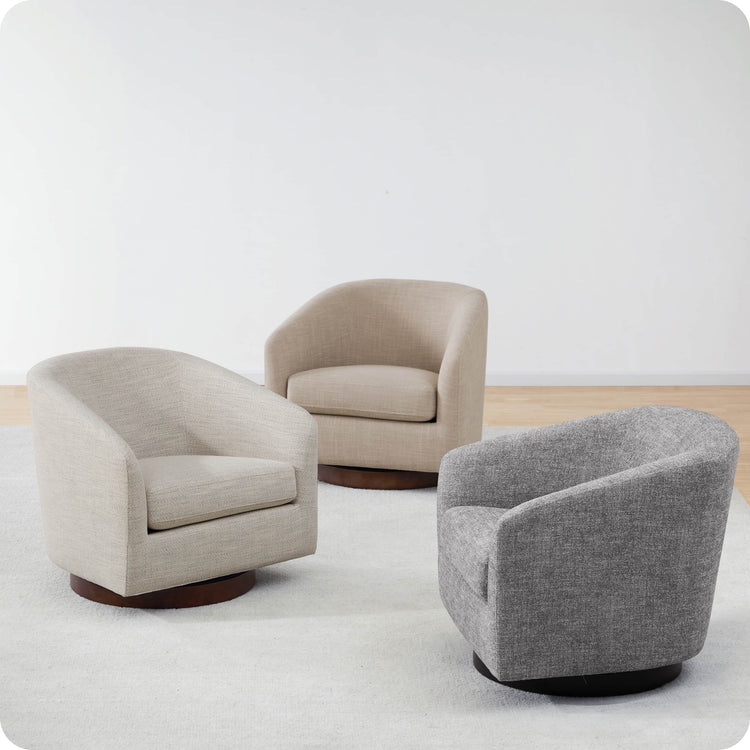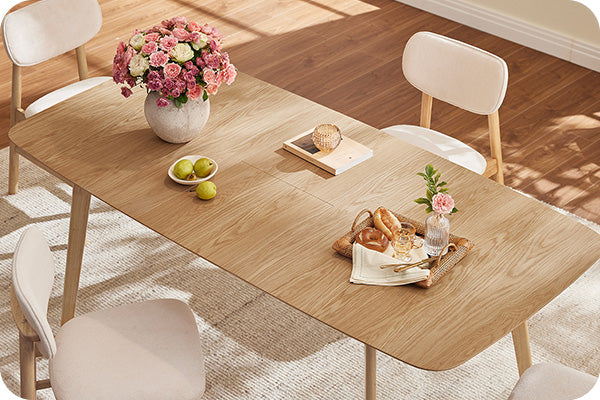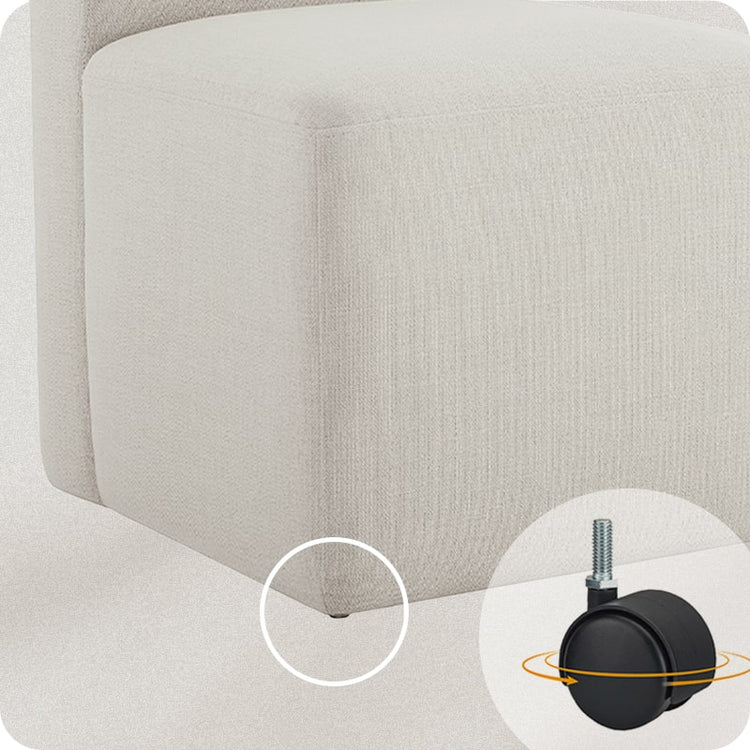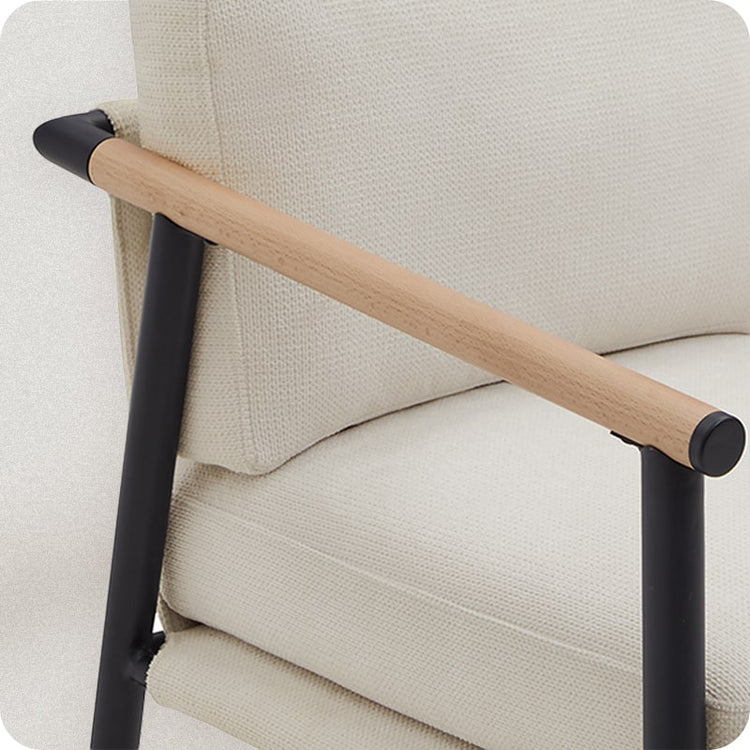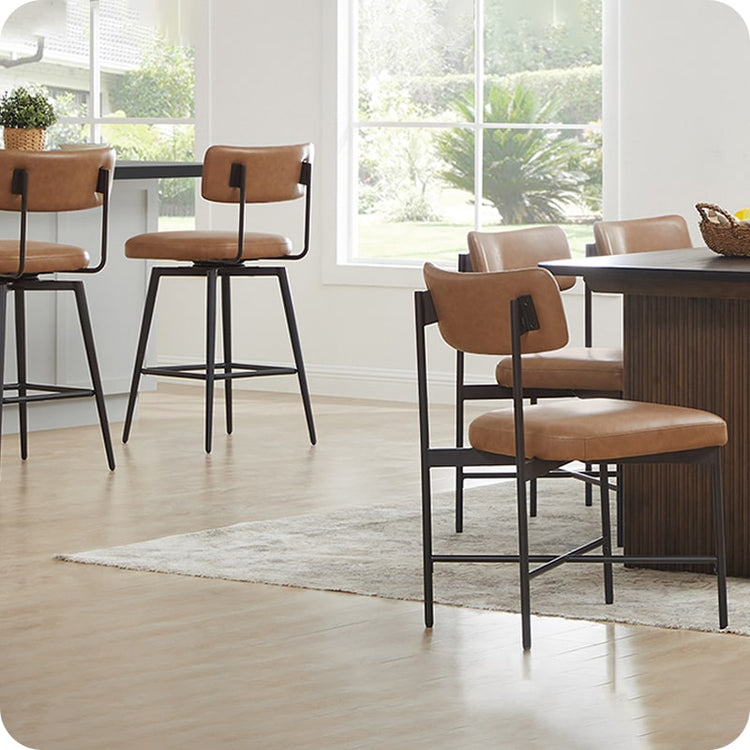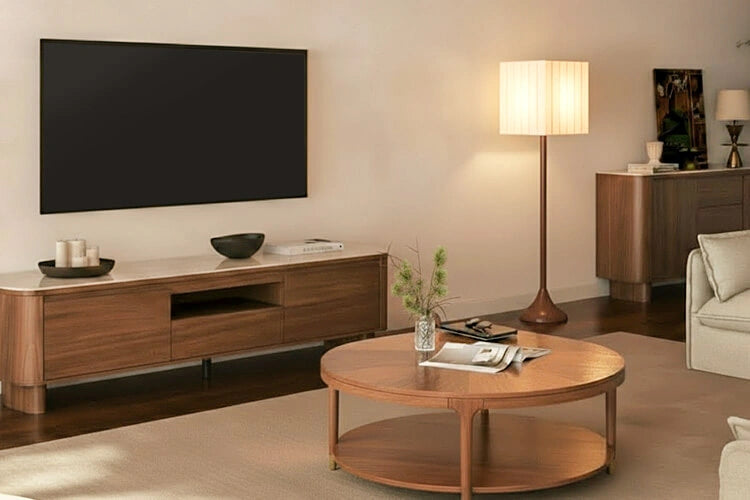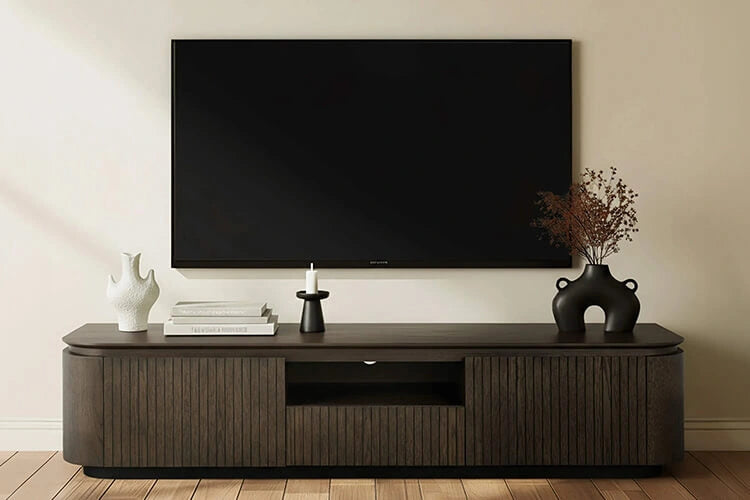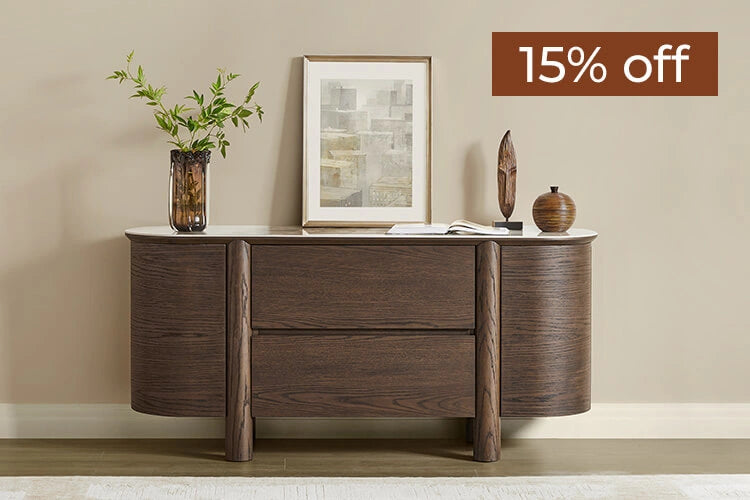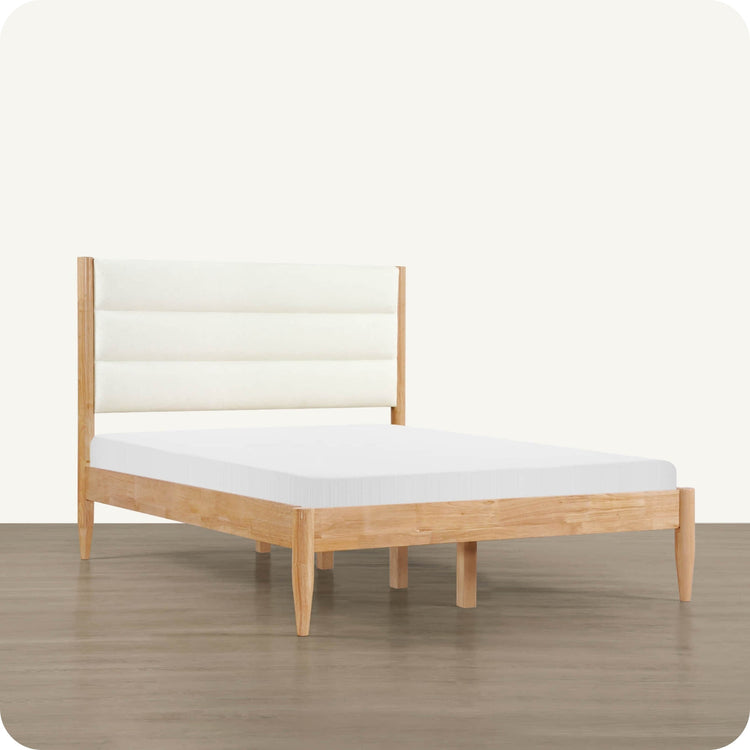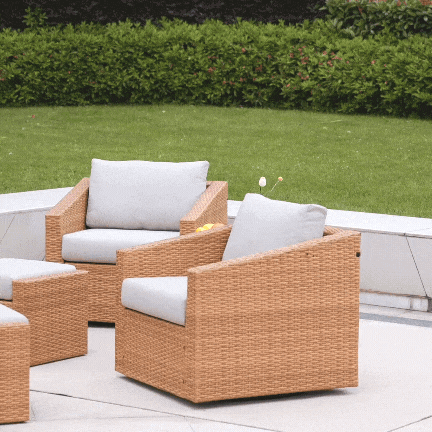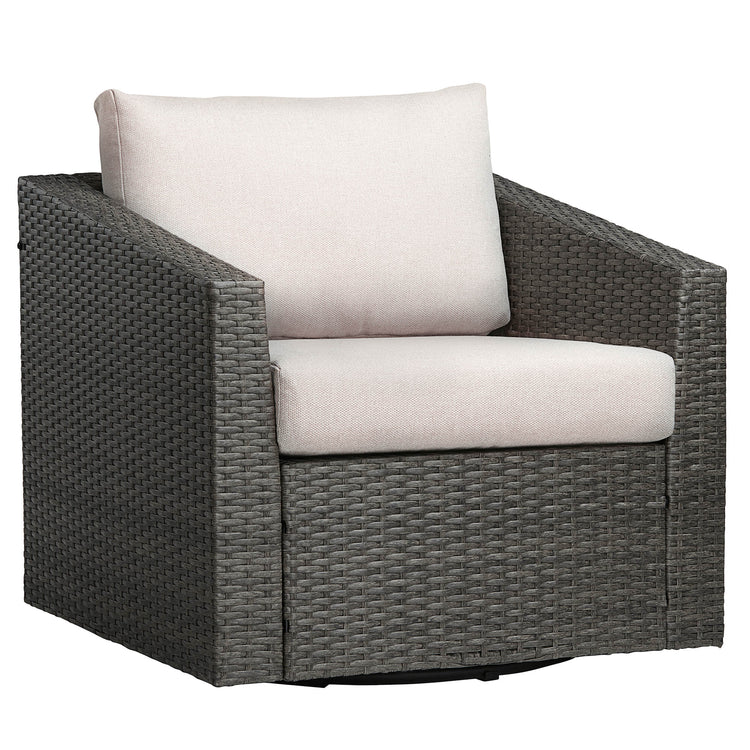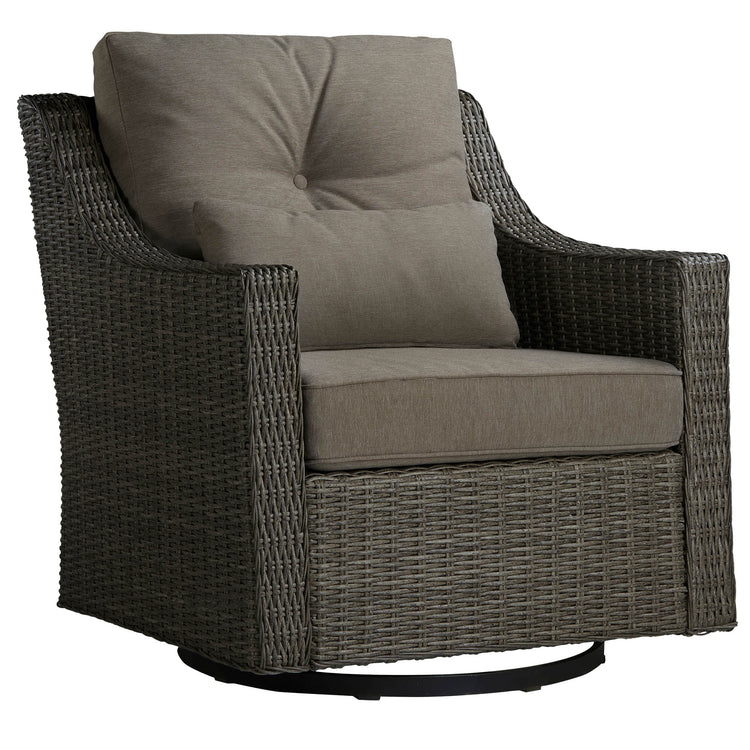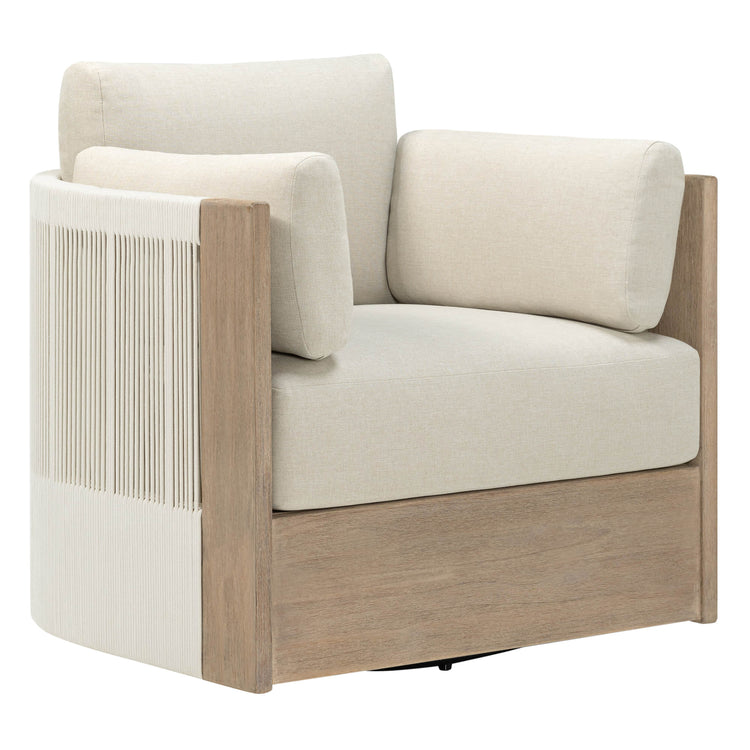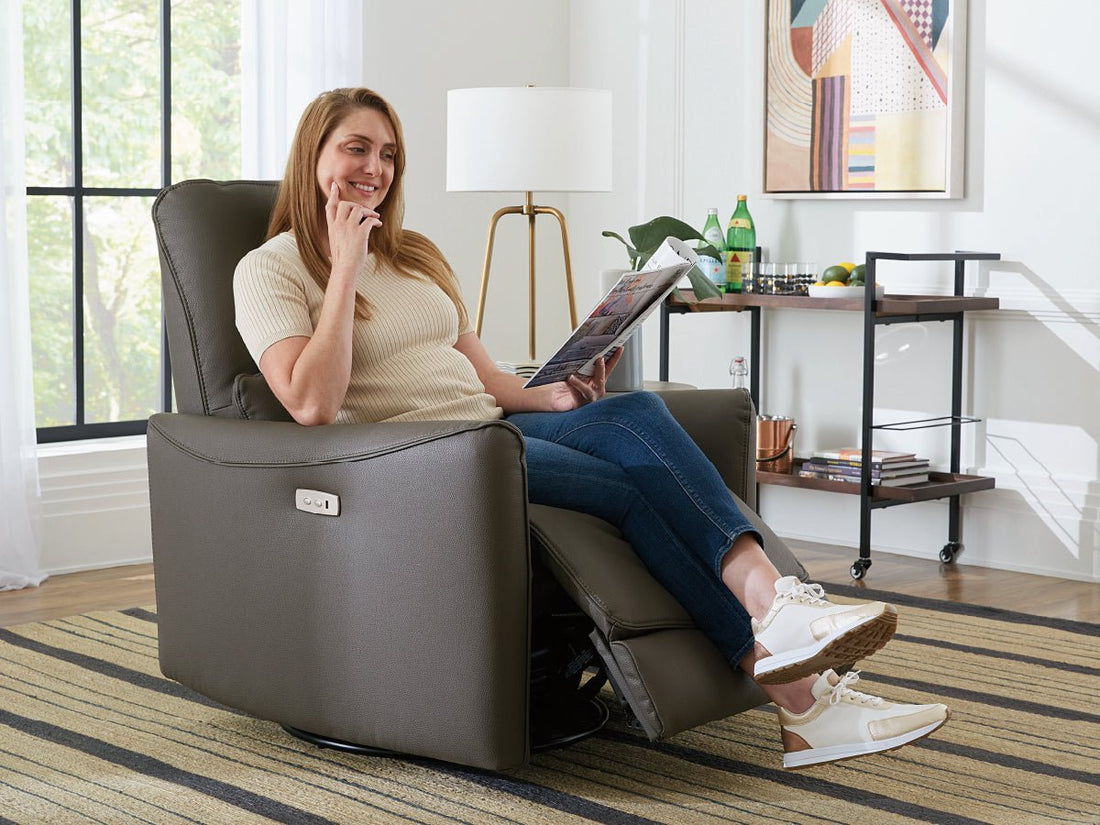Introduction
Recliners are a comfortable addition to any living space, providing a cozy spot to relax, read a book, or watch TV. However, sitting incorrectly in a recliner for extended periods can lead to back, neck, and joint pain, as well as circulatory issues in the legs. By following some simple posture tips, making adjustments to your recliner, and using techniques to sit properly, you can enjoy all the benefits of your recliner while avoiding health problems.
Maintain Good Posture in Your Recliner
To sit healthier in your recliner, be mindful of maintaining good posture. Sit up straight, keeping your back flush against the backrest of the chair to support the natural curve of your spine. Avoid slouching or sinking down into the chair, which can strain your back over time. Keep your shoulders lowered in a relaxed position rather than hunched up near your ears, which prevents neck and shoulder tension. Your head should be level or tilted slightly up to avoid nodding forward and straining your neck.

Position the Recliner Footrest Properly
When fully reclined, lower the footrest of your chair rather than keeping it raised. An elevated footrest over-extends the knees and hips when laying flat, causing discomfort. With the footrest lowered, your knees should have a slight 90-120 degree bend when fully laid back. When sitting more upright, you can raise the footrest to support your legs, just avoid raising it so high that your knees are above your hips.

Customize Your Recliner Adjustments
Take some time to adjust your recliner to provide proper ergonomic support. Adjust the position to fit the inward curve of your lower back. This provides optimal support in the area most strained from sitting. You can also raise or lower the height of the headrest to fit the contour of your neck and support your head. Finally, adjust the leg rest angle to allow a 90-120 degree bend at the knees, which takes pressure off the back of the knees.
Practice Safe Techniques for Getting In and Out
Practice safe techniques for getting in and out of your recliner to avoid injury:
- Avoid any twisting movements by moving your whole body as one unit. Twisting while getting in or out stresses the back.
- Don't try to get up from a fully reclined position in one motion. First raise the chair to an upright or partially reclined angle before standing up.
- Use your hands to push off the armrests as you rise to take pressure off your back. Let your arm strength assist you.
Real feedback from real CHITA recliner user.
Techniques to Avoid Pain
Try using positions like the "star position" while reclining to gently stretch and realign the spine. To do this, lay back with your hands above your head and cross one ankle over the opposite knee. Simple seated stretches like pointing and flexing the feet, rotating the ankles, and extending the legs can also stimulate circulation.
Alternative Sitting Options
Be sure to take breaks from sitting in your recliner throughout the day. Place an ottoman or stool under your feet while in the recliner to allow your knees to bend properly when the footrest is up. Get up periodically to sit upright in a chair with your feet flat on the floor to give your body a rest from reclining.
By making some simple adjustments, using proper techniques, and taking breaks, you can enjoy all the comforts of your recliner while avoiding any pain or health issues. Be mindful of your posture, make ergonomic adjustments to the chair, stretch to counteract sitting, and alternate reclining with upright sitting. With these tips, you'll be able to relax in your recliner pain-free.
Read More
- Power Glider Recliners for the Nursery: A Comprehensive Buying Guide
- A Guide to Cleaning and Maintaining Your Power Glider Recliner
- Choosing the Right Fabric for Your Power Glider Recliner
- Are Cloud Couches Worth the Investment? Everything You Need to Know
- How to Create a Rustic Look in Your Home with Furniture
